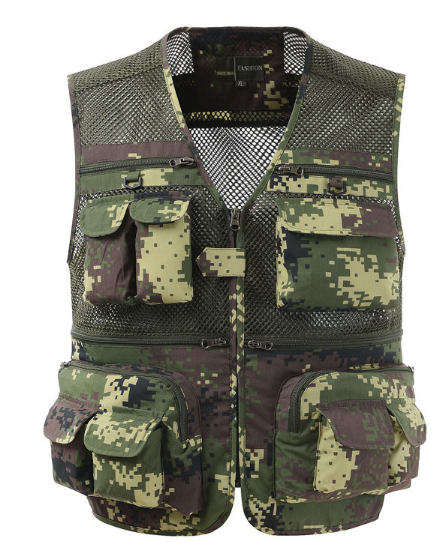First of all, we analyzed the reasons for the leakage of inclined roofs. We believe that there are two main reasons:
One is that concrete roofs are prone to cracks. The fine stone concrete waterproof layer has little flexibility and is extremely sensitive to uneven settlement of the foundation, minor deformation of the components, vibration and temperature difference of the house, etc., and can easily cause roof cracking and leakage.
The second is the four major factors affecting the waterproof layer design, construction, raw material quality and project management:
1) Inclined roofs should pay special attention to detailed node design. If the detailed waterproofing scheme is not properly designed, it can easily cause roof leakage;
2) If the waterproof construction of the roof does not strictly follow the operation procedures and design requirements, the waterproof measures at the local places are improper, resulting in poor quality of the leveling layer and detailed nodes, the thickness of the waterproof layer is not up to standard requirements, and the construction of the isolation layer and the protective layer is not standardized. Leakage is inevitable;
3) Material properties of raw materials are also one of the important factors that affect the waterproof effect. The poor material quality and mix ratio of cement and aggregates, and the poor quality of waterproof materials all lead to roof leakage.
4) Management measures such as improper roofing procedures and product protection, maintenance and water storage inspections have not been carried out in accordance with the relevant requirements and the waterproof quality of the roof cannot be guaranteed.
It is concluded that for slanted roof waterproofing, the self-waterproofing ability of the structure itself is the basis of waterproofing, and the waterproof treatment at the easily leaking detail node and the slope control of the sink water are the key to the construction technology.
Tool vest is a type of workwear designed to help workers carry and organize tools while on the job. It typically consists of a vest with multiple pockets and loops that can hold various types of tools, such as hammers, screwdrivers, pliers, and wrenches.
Tool vests are popular among professionals in a variety of fields, including construction, carpentry, electrical work, and plumbing. They allow workers to keep their tools close at hand and easily accessible, which can help increase efficiency and productivity on the job.
Tool vests come in different styles and designs, with some featuring adjustable straps for a custom fit, breathable materials to keep workers cool, and reflective accents for increased visibility in low-light conditions. Some tool vests even have built-in hydration systems to keep workers hydrated throughout the day.

Overall, a tool vest can be a useful and practical addition to any worker's toolkit, helping to improve organization, efficiency, and comfort on the job.
Tool Vest,Tool Vest Electrician,Lightweight Tool Vest,Utility Tool Vest
ZHANGJIAGANG CITY XIANGLE TOOL CO., LTD. , https://www.sjxiangletoolbag.com